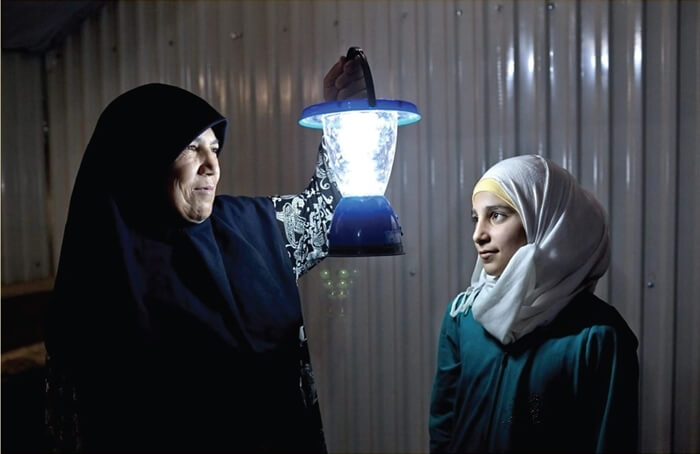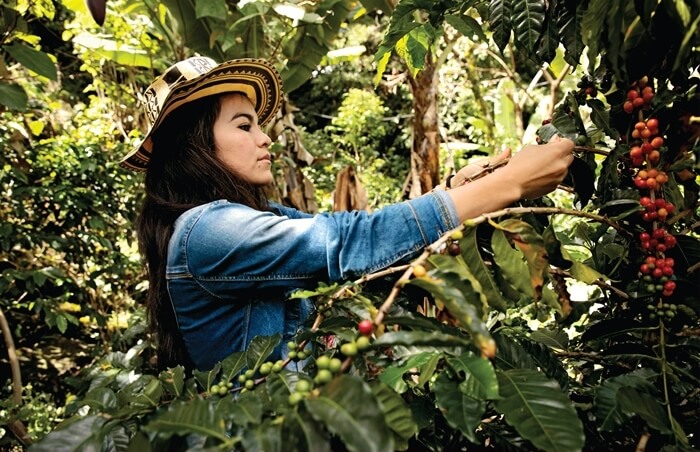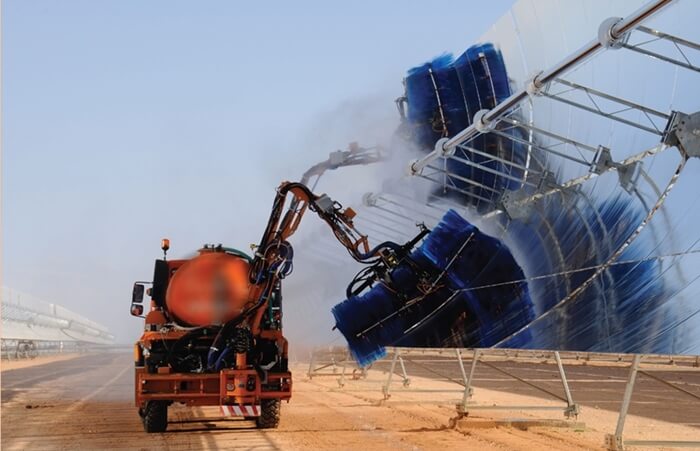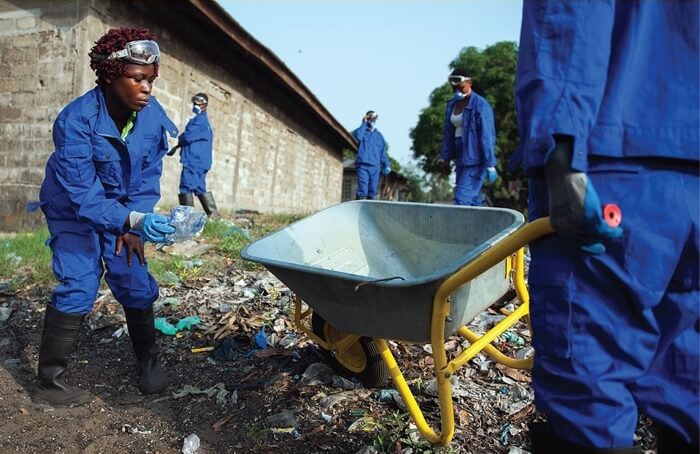Excerpt from popsci.com
Oahu, Hawaii’s third-largest island, faces a surprising quandary: a lack of fresh water. After all, hundreds of waterfalls cascade down its volcanic mountains and rivers snake through its foggy forests. Yet drinking water is scarce, the result of hundreds of years of exploitation and mismanagement—and toxic leaks. Most recently, fuel seeping from a Navy storage facility near Pearl Harbor has threatened the main source of Oahu’s freshwater. If the fuel contaminates nearby wells, it will place thousands of people at risk of losing access to a precious daily resource.
The leaks at the Naval facility, dire as they are, are just one of Oahu’s water woes. The island’s geographical history has been dictated by various commercial interests like the sugar plantation industry, real estate developers, and tourist attractions, which have diverted and sapped its public water supply for private gain.
Water is so integral to the island that Shelley Muneoka, a social work specialist and Native Hawaiian board member of KAHEA, a community organization that protects the state’s natural and cultural resources, invokes the phrase Ola I Ka Wai, which roughly translates to “water is life” or “life is because of water.” That belief has been enshrined in a 1978 state law, known as the public trust doctrine, which ruled that water could not be bought or sold as property. As a result, landowners don’t own rights to the resource.

Island Innovation is a social enterprise and digital media company at the intersection of sustainable development and communications, offering specialised services across various sectors. We bring together the private sector, government, utilities, NGOs and universities to advance innovation for sustainability and prosperity in islands worldwide.















